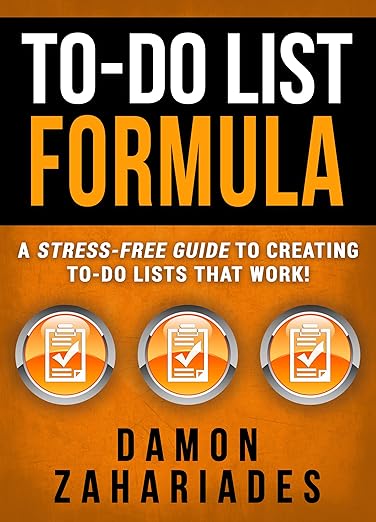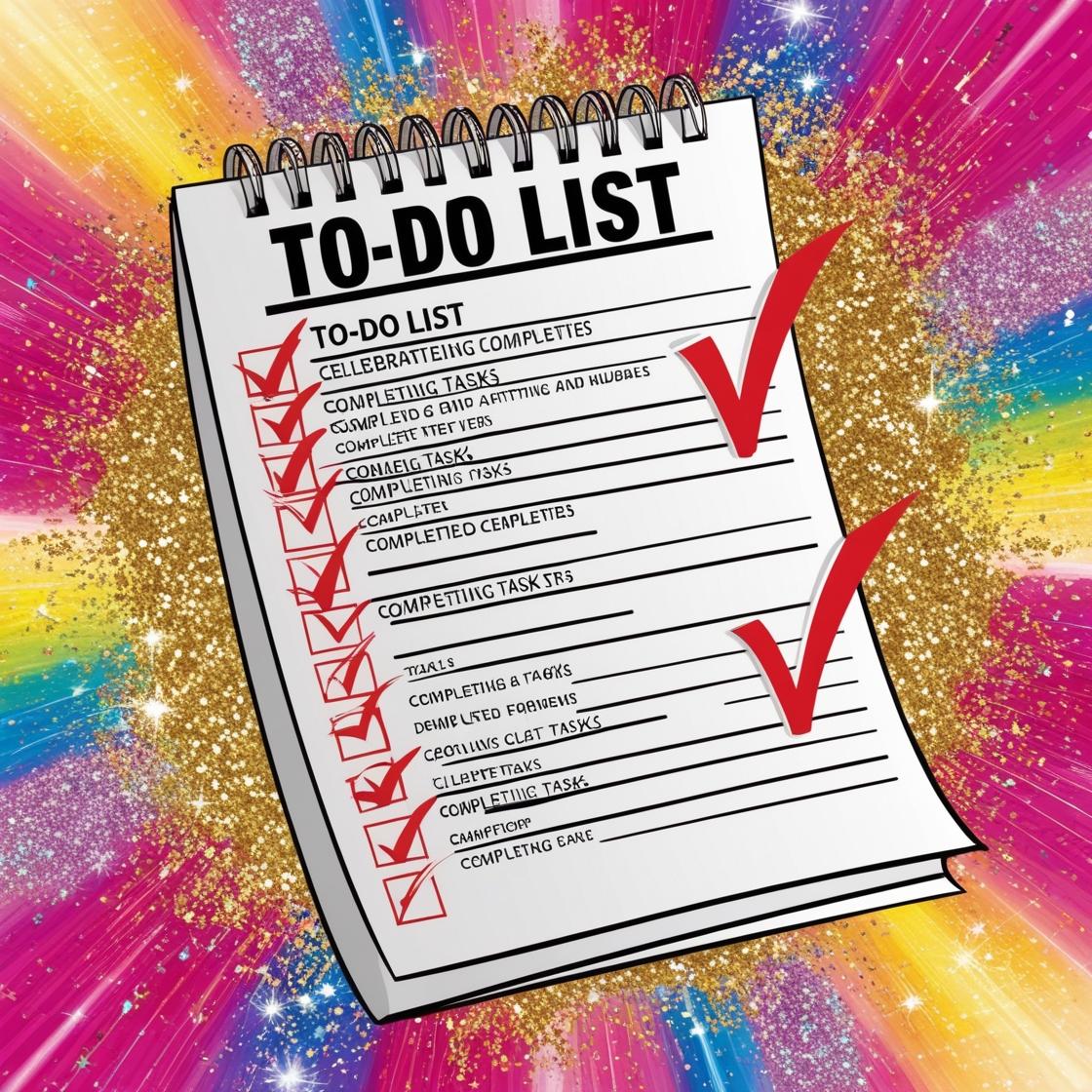Nearly everyone creates to-do lists, and only some consider improving them. (I have never thought about improving mine until now.) In the spirit of learning something new, I took a chance on this $3 self-published Kindle book. It was a quick and easy read that offered thoughtful critiques and helpful advice.
This book is for those who struggle with follow-through. Is that you? Take this quiz from Psychology Today and read on. The issue may be less about procrastination and more of a need for to-do list improvement.

Key Concepts
- Most of us suffer from the “Productivity Paradox.” This occurs when we use personal rule of thumb productivity systems to get more done (i.e., “we’ve always done it that way”). As a result, we create lists that undermine our efforts and get less done instead of more. We unintentionally self-sabotage.
- At a minimum, we should have three to-do lists:
- ? The Daily To-Do: somewhere between three and seven priority tasks that require 15 minutes or more to complete. These tasks are present-moment, due-today tasks — no future tasks allowed.
- ? Future Tasks by Category: You will likely have several category lists. They should be organized by project, effort, work location, or other useful category.
- ✨ Tiny Tasks: These items can be done in a few minutes or less. Batch them together to complete them in regular weekly time slots.
- Every to-do list item should start with a verb, define the outcome to be achieved, have a clear, realistic deadline, and note the context in which the task is situated.
- Examples:
- Block two hours on the calendar weekly through the end of the calendar year to write blog posts.
- Write & publish a 350-word blog post in the home office about To-Do Lists.
- Examples:
Weaknesses of Common Productivity Systems & To-Dos
The author critiques ten systems, which I found helpful. Below are three that I’ve used and experienced weaknesses first-hand.
- The Massive, All-Inclusive List
- A long, uncategorized list is a mental drain that creates open loops. The Zeigarnik Effect occurs when we crave closure on unfinished tasks. We waste mental energy thinking about them but not completing them. The Massive List encourages decision fatigue, overwhelm, and procrastination.
- The Project-Based System
- This system organizes tasks by project, but it misses daily priorities. This can lead people to overlook time-sensitive tasks. Only some of our knowledge work tasks are project-based.
- The GTD Method (Getting Things Done)
- In 2014, I spent countless learning “The Secret Weapon: A No BS Approach to Personal Productivity.” It was based on GTD by David Allen. I used Evernote to capture and manage tasks from my email inboxes. It worked perfectly — until 2020 when Evernote removed its Sort by Tag feature, and my whole system broke. ?
- GTD has weaknesses. It’s complex, has a learning curve, and focuses on organizing tasks rather than doing them. While incoming tasks from email can be timely and essential, it isn’t always clear if or how they align with goals.

AI-generated image from canva.com
A Word About Digital Task Managers
For many, the quest for the perfect productivity tool is the joy and journey of a lifetime. Whether you use Todoist, Trello, ClickUp, Things, Notion, Asana, Smartsheet, or anything else, there are pros and cons.
Pros
- Convenient, accessible from many devices, and allowing for collaboration
- Ability to add context (tagging, labeling, color-coding, priority flags, etc.)
- Automated reminders and deadlines
- Customization and flexibility to meet personal preferences and needs
Cons
- Overwhelm caused by too many features and excessive customization
- Potential for over-organization (i.e., organizing more than doing)
Conclusion
You know yourself best. Do you have lingering to-do items from the past that you have carried forward for months? Do you tend to love process a little too much? Is one of your challenges to follow through and execute? If so, this practical, affordable little book might be worth a read.
Citation: Zahariades, D. (2016). To-do List Formula: A Stress-Free Guide To Creating To-Do Lists That Work. [Self-published].
Rating (3 out of 4):
